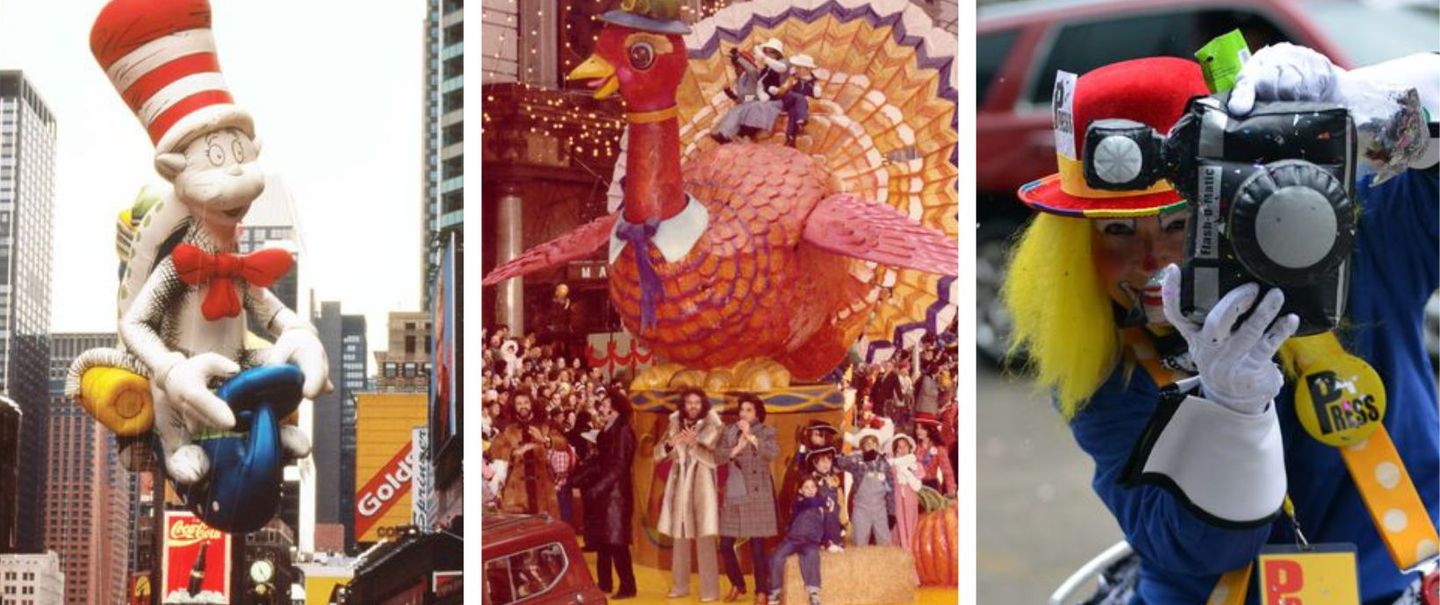Macy’s Parade Trivia
A New York City holiday tradition that’s gone worldwide, the annual Macy’s Thanksgiving Day Parade is set to return on November 23 and is set to again delight spectators, who in the past have numbered upward of 3.5 million along the route.
Read on for a whirlwind survey about the iconic event that is the unofficial start to the holiday season in many a household, including the 50 million people that traditionally tune in from home.







































